Forward-thinking companies want to be learning organizations now that specialized work skills are the new currency and knowledge workers rule. Workplace learning experts Ajay Pangarkar and Teresa Kirkwood teach corporate trainers how to use the balanced scorecard (BSC) approach to develop and measure learning programs that support their companies’ strategic objectives and, thus, win executive support. Despite the book’s occasionally faulty editing, getAbstract recommends this practical manual to learning and HR professionals. It will help them apply BSC metrics to training programs that will help their companies compete.
The Value of Intellectual Capital
In most organizations, senior managers and learning professionals speak different languages. Many senior executives don’t understand learning. Others merely pay lip service to the importance of workplace learning but seldom support it. Fewer still credit workplace learning for making a genuine substantial contribution to organizational success. Some executives even believe, incorrectly, that employees should be responsible for their own professional development. Such retrograde thinking persists even in today’s knowledge economy.
However, this is a curable situation. To demonstrate the value of your learning programs in meeting corporate goals, including profitability, implement a balanced scorecard tracking and evaluation system. The balanced scorecard (BSC) is a good tool for gathering, assessing and presenting information that proves how quality staff development programming leads to better products, sales, service and profits.
The same executives who don’t understand what your learning program is accomplishing probably revere famous corporate learning organizations, such as General Electric, Google and Apple. The leaders ...










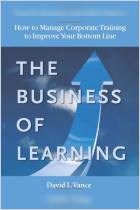
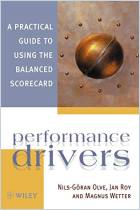
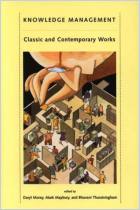
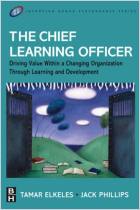
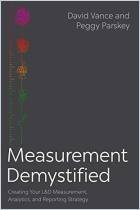
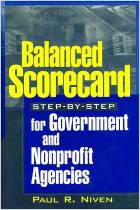





Comment on this summary or 开始讨论